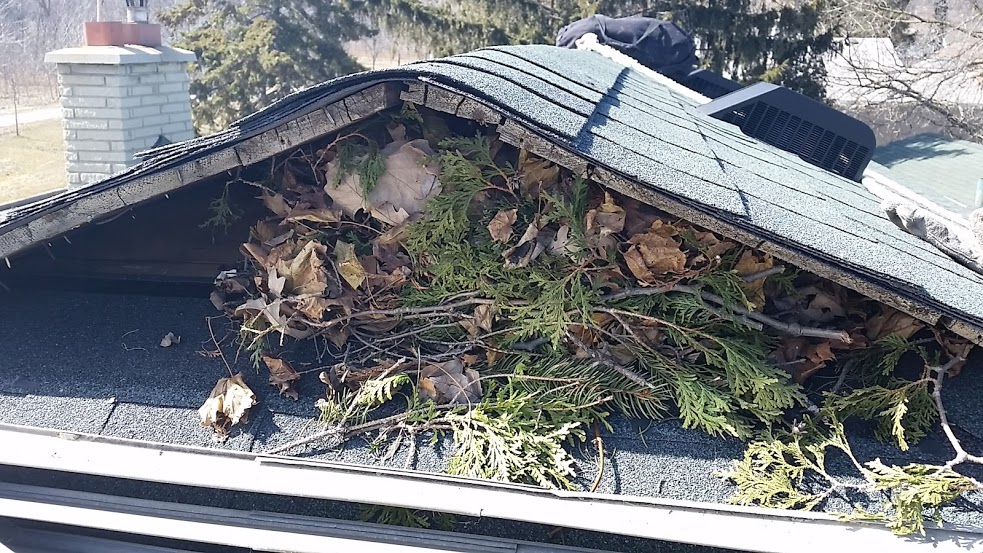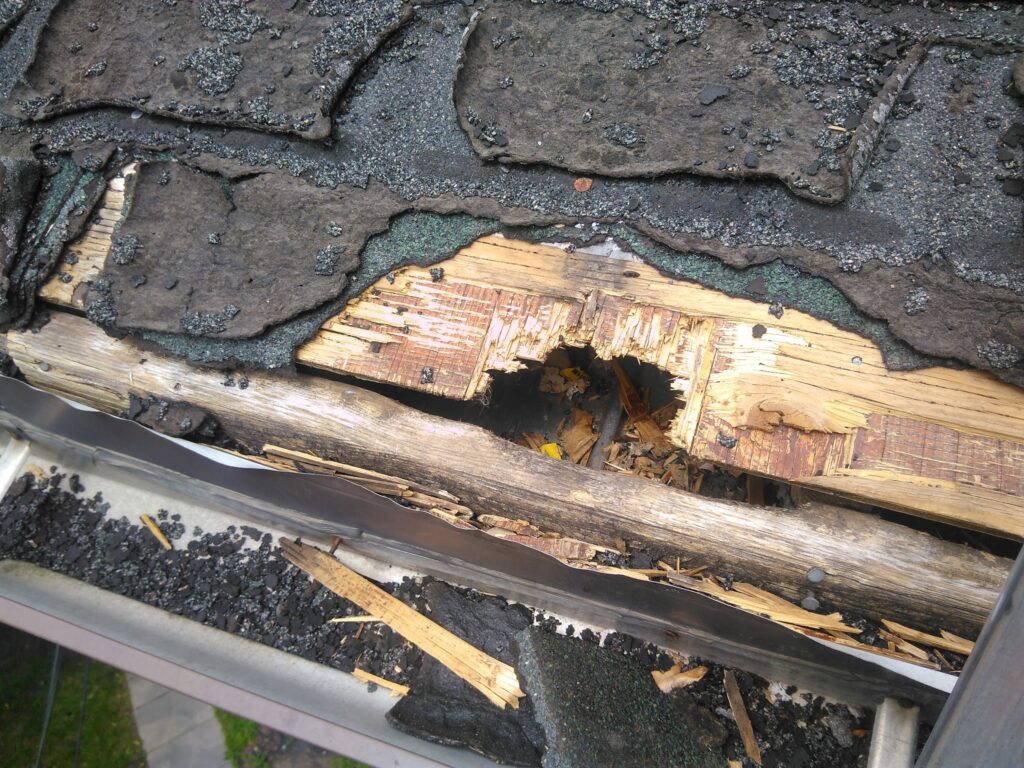Typically, baby season is associated with the beginning of spring. Our technicians get called out regularly to remove baby animals like squirrels and raccoons from homes but that does not mean our baby rescue work is done in a few weeks. Female squirrels can give birth to two litters during the spring and fall – September is when the second litter is usually born. In the past few weeks, our teams have been receiving calls to rescue baby squirrels once again.
Squirrels Mating Ritual
When you are in your backyard or enjoying the warm weather in the park you will more than likely see a couple of squirrels chasing each other up and down tree trunks or jumping from one branch to the next. They are not fighting or running away from one another, they are simply flirting, and the female is leading the male on a merry dance.
Female squirrels release pheromones and make a chirping noise to attract a mate. When the male hears the call, he will seek out the female and pursue her. But of course, there is usually more than one male around who will hear the female’s mating call and try to mate with her. This means that there could potentially be multiple male squirrels showing an interest in one female and this often leads to a standoff between two strong males. The males will try to intimidate each other and will chase one another around until the weaker one submits and runs off. A female squirrel won’t only mate once in a season and to ensure she is pregnant she will continue to attract various male squirrels with her pheromones and chirping calls for approximately two weeks. A squirrel has a gestation period or is pregnant for approximately one month to six weeks and typically the babies will be born in late winter or early spring. If they have a second gestation period, then there will also be late births in September. A squirrel usually has between two and nine babies at a time.
Female Squirrels Have Strong Maternal Instincts
Baby squirrels, or kits as they are called, are tiny and helpless when they are born. Because baby squirrels are so fragile after birth, the mother needs to take good care of them if they are to reach maturity. In the first few months of their lives, the mother takes good care of her young. She feeds them, bathes them and keeps them safe and warm. She constantly adds material to her nest to keep her babies warm and protect them from unwanted visitors like birds and other predators.
A newborn baby squirrel typically weighs around one ounce and they are approximately an inch long. They are hairless, have no teeth, and are practically blind for the first month or two of their lives. At Skedaddle we call newborn squirrels pinkies as they are born without any fur and usually stay pink for the first four weeks of their lives. Squirrels may be born small and helpless but they grow quickly and are usually completely weaned by the time they are ten weeks old. After four months, most baby squirrels have left their mother’s nest and will not return.
Even though the mother only cares for her young for a few months, she has good maternal instincts and will quickly respond when she hears their cries. When a baby squirrel is hungry or frightened, they make a high-pitched chirping sound, and this brings the mother running back to the nest. The mother will not leave her babies alone in the nest for too long but if the mother does not return after 24 hours it usually means that the babies have been abandoned (usually not by choice) and they will probably not be able to survive on their own.
Secure Nests are Important for a Baby Squirrels Survival
Squirrels are small and they are vulnerable to predators, especially birds like owls, hawks and even bluejays. Because of their vulnerability, squirrels need to find good, safe nesting sites. In their natural environment, they will usually make their homes, or dreys, in the tops of trees. You have probably noticed bundles of leaves that are tangled high up in the branches of large trees. These are not just random clumps of debris that have gotten stuck, but rather more likely the home of a mother squirrel and her young kits. A squirrel builds her nest with interwoven twigs that she laces with leaves. On top of the first interwoven layer of twigs and leaves, she adds a second layer of interwoven twigs to strengthen the nest. These dreys not only protect squirrel families from predators but also from the elements.

Squirrels typically make nests in trees, but they have adapted to living alongside people and as a result, attics have become prime real estate for mother squirrels looking for shelter and a safe place to raise her young. Attics provide everything a squirrel needs to make a cozy home. A squirrel can easily enter your attic through an unsecured roof vent or a gap in the roof-soffit or damaged shingles and as winter approaches you should have your roof inspected to make sure that it is secure because everyone, including wildlife, is looking for a warm place to hunker down for the winter.

How to Handle Squirrel Removal in Your Home
For the health and safety of your family, you should never try to remove squirrels from your attic on your own. It is always best to call in a wildlife control expert the moment you suspect you have any uninvited guests sharing your home with you: be it squirrels, raccoons, skunks or birds. It is a job best left for the experts.
At Skedaddle our technicians are trained to deal with any wildlife situation, and with almost 30 years of experience in the business, we have pretty much seen it all. We will use our extensive knowledge and expertise to safely and humanely remove any squirrels from your home. Our technicians will inspect your home, identify the squirrel nest and safely remove the mother and her babies, keeping them together and relocating them to a more suitable home. We will also help you secure your home from squirrel invasions by blocking all potential entry points with heavy gauge screening and repairing holes that squirrels can squeeze through. Even if you don’t have a problem, we can advise you on a humane wildlife prevention strategy to keep all forms of wildlife out of your home this winter.





